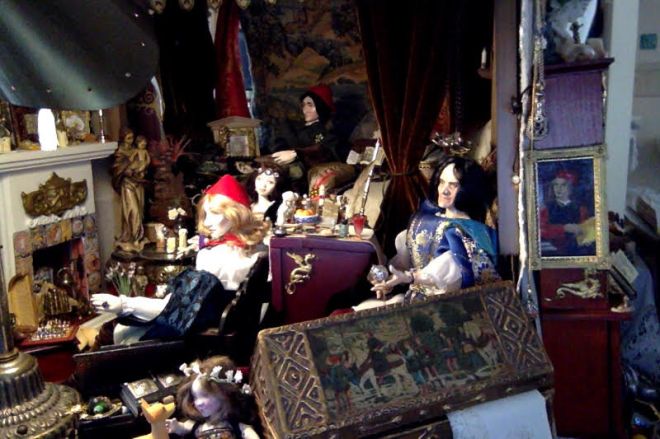The Romans first came to Britain under Julius Caeser in 55 BC but the actual conquest and annexation of Britain to the Roman Empire happened under Claudius in AD43. That much we know. What we don’t know is where or when the massive force of four legions and auxiliaries landed. It has always been assumed that it was on the Kent coast, probably Richborough, but the latest thinking is that it happened on the Sussex coast in the creeks of Chichester harbour.
As with so much in the history of this period, I’ve been free to choose a version, and I’ve chosen the second. I cannot offer any evidence, only instinct. Another presumption is that, having landed in Kent, the invaders made battle at the Medway, crossed the Thames, took Colchester and called it a day. Well, that’s not much of an invasion. That’s a bite. With that version, it is left to Vespasian and the Second Legion to conquer all of the rest of southern Britain, but the historians say his glory rests on the conquest of the south west, particularly Dorset. Apart from the Medway, there are no battles on record as having taken place in the east. Funny kind of invasion.
Let’s replace one set of assumptions with another. It is Verica, king of the Atrebates, with his capital at Chichester, who goes to Rome seeking help against the marauding Catuvellauni. If the Catuveallauni, under Caratacus, have taken Verica’s northern capital of Silchester, then the Romans would want to regain that place first. Chichester to Silchester is a straightforward journey. Then three legions head off east to conquer the other Catuvellauni capitals of St Albans and Colchester, while Vespasian heads west to deal with the Durotriges.
As a novelist your prime objective is not truth so much as plausibility (in the hope that they may turn out to be the same thing). But this story only makes sense if you put Silchester (Calleva) at the heart of it, and that is what I have done.
I am fully prepared for new evidence to emerge the day after publication, some stone engraved CLAUDIVS HIC ERAT, perhaps, dug up near Richborough. (Although since Claudius arrived a couple of months after the army he himself could most plausibly have landed in Kent). But I am heartened that those who have objected to the Chichester theory are beginning to come round, including the great Barry Cunliffe. It makes sense of a subtle kind of history, the history that is not recorded in words: central southern Britain survived the turmoil of the next twenty years. The rebellions of Caratacus and Boudicca happened in the west and east. How did the south stay quiet? We need to look at the heir of King Verica: Togidubnus who, according to subtle history, was a man of peace.
And he is the hero of ‘Keepers of the Sacred Place’.



















 Wytham Woods is a study centre for the University of Oxford. During a guided walk there recently I had my mind changed — or, rather, put straight — about the sycamore. I am of the generation brought up to think of it as an ‘invasive species’ and I remember a principle of woodland management in the 70s and 80s was to remove sycamore. Prejudices are easily sown: I learned to shudder at the very name. When, over the years, I’ve seen a beautiful piece of creamy wood, or a five-lobed leaf on the path with a striking red stalk, I’ve been disappointed to learn it was sycamore. Well, no longer.
Wytham Woods is a study centre for the University of Oxford. During a guided walk there recently I had my mind changed — or, rather, put straight — about the sycamore. I am of the generation brought up to think of it as an ‘invasive species’ and I remember a principle of woodland management in the 70s and 80s was to remove sycamore. Prejudices are easily sown: I learned to shudder at the very name. When, over the years, I’ve seen a beautiful piece of creamy wood, or a five-lobed leaf on the path with a striking red stalk, I’ve been disappointed to learn it was sycamore. Well, no longer.